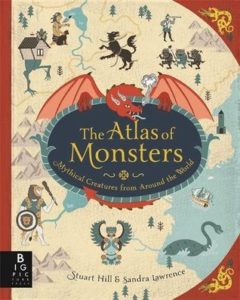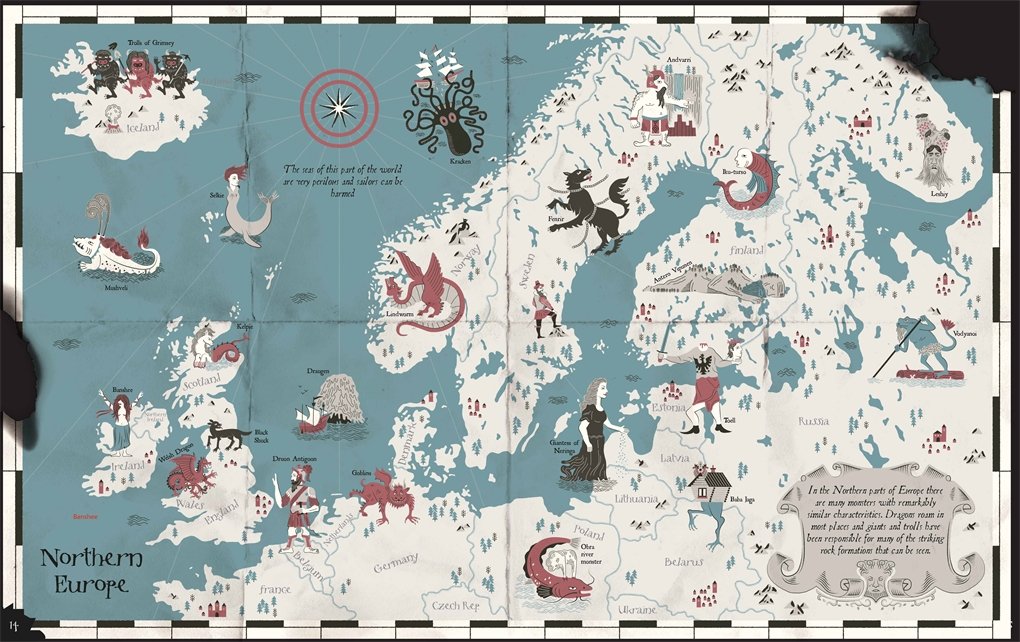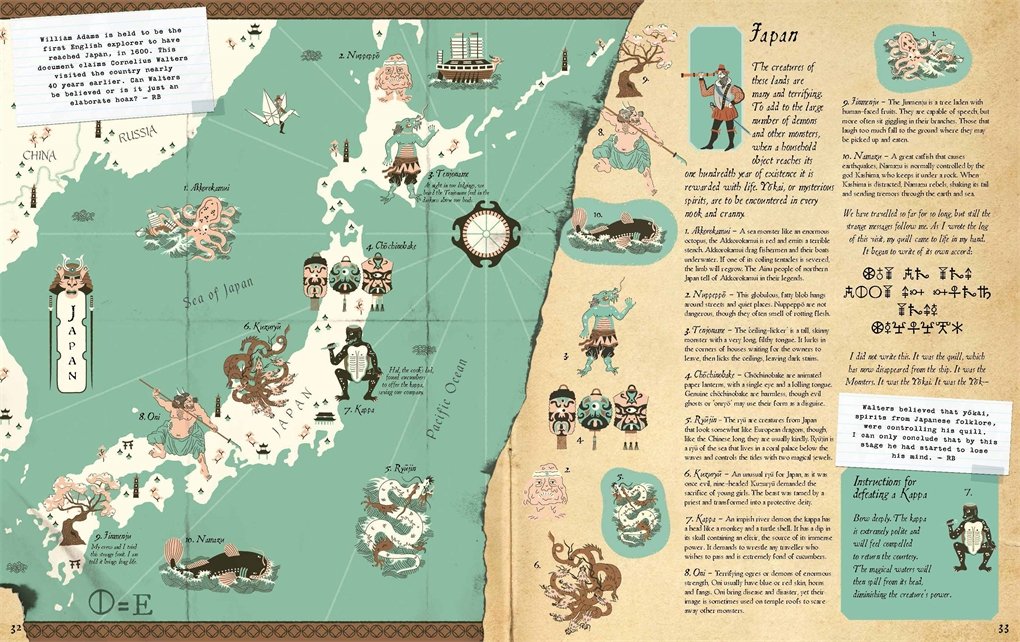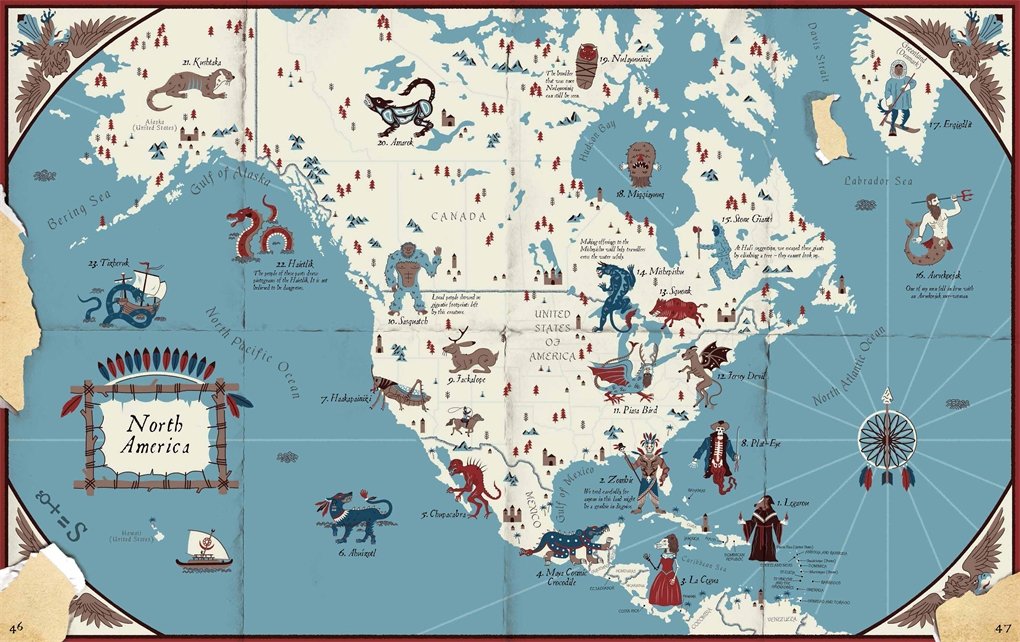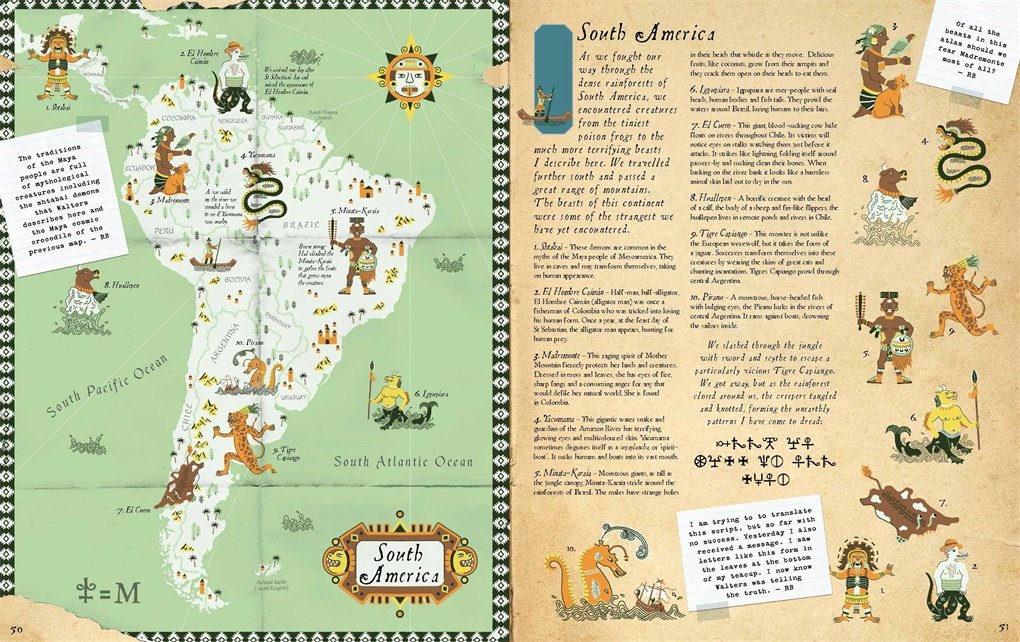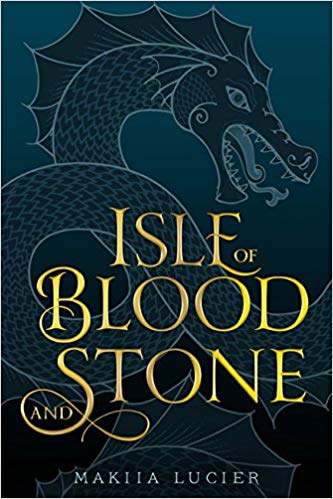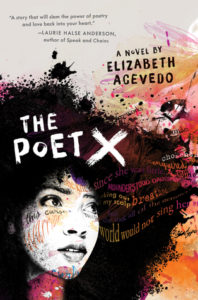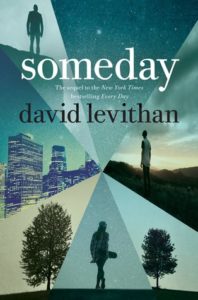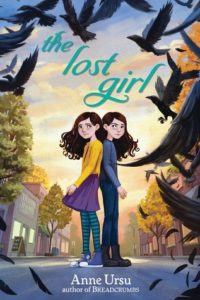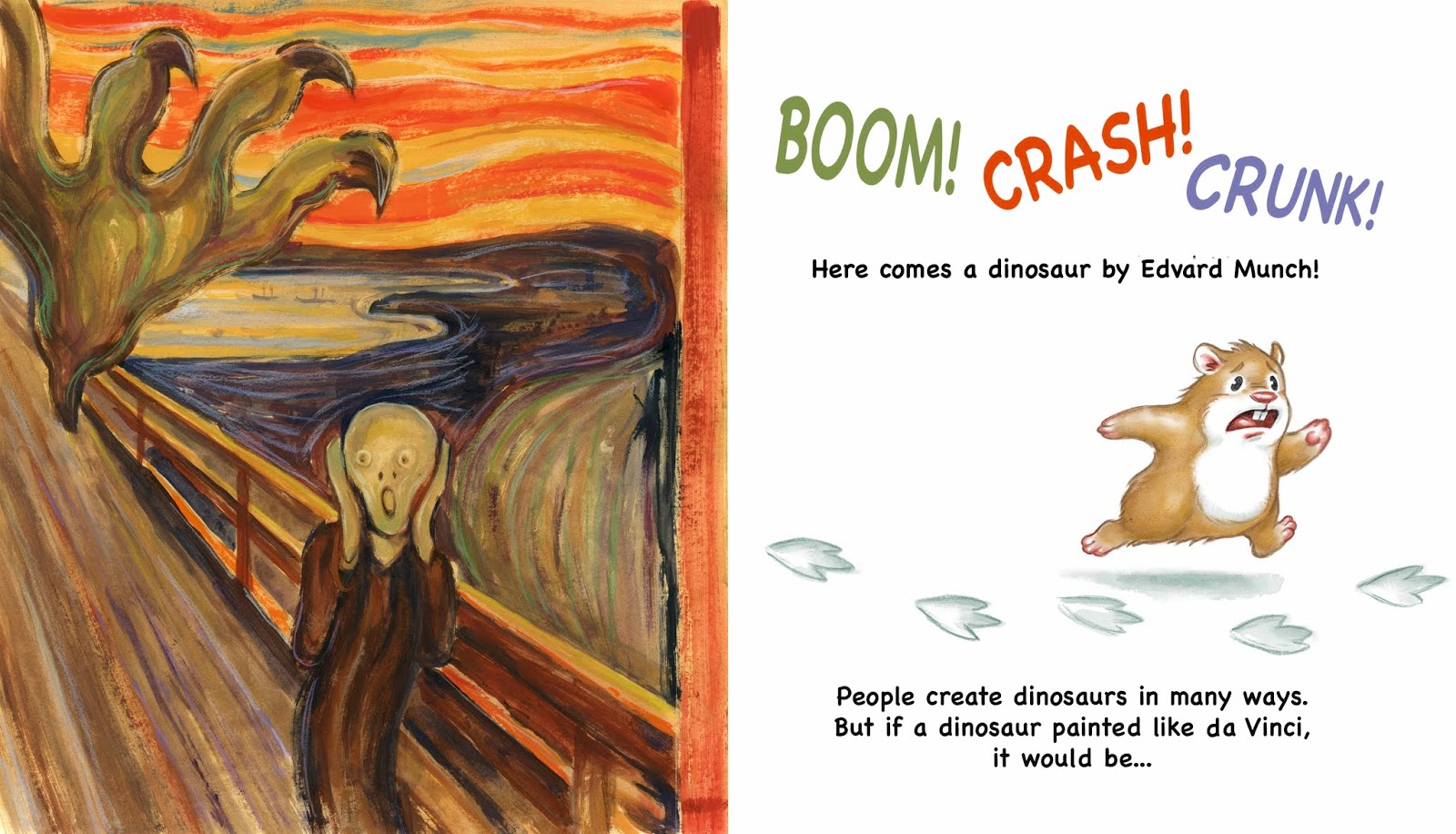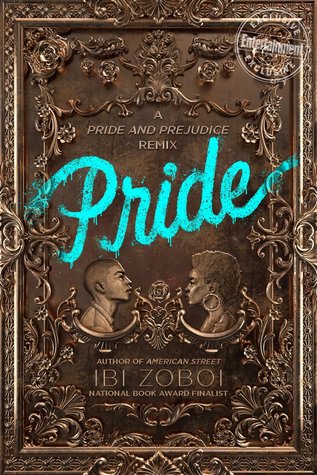The Atlas of Monsters: Mythical Creatures from Around the World
Creators: Sandra Lawrence and Stuart Hill
Published April 23rd, 2019 by Running Press
Summary: A whimsical and imaginative catalog of fantastical beasts and creatures of myth and legend from around the world-complete with a code that needs cracking to uncover the mystery of the monster atlas!
One day a collection of very old maps is found in a dusty library. They show where in the world monsters and creatures from mythology and folklore can be found. According to the notes left with the maps, they were made by Cornelius Walters, an intrepid explorer from the 15th century. But did Walters really make these elaborate maps, or is it all a hoax? The librarian who discovered them is not certain . . . and what are the strange messages in a cryptic code that Walters records in his ship’s log? The codes throughout, once cracked, may indeed lead to something sinister that will happen should the atlas ever be published!
This is a gorgeously illustrated and comprehensive catalog of monsters, beasts, and mythical creatures from around the globe, with an easy-to-read format and incredible detail on each spread. It is many things, all at once:
- A reference guide: Grouped by continent, this illustrated atlas lists and defines magical creatures from folklore around the world. Readers will find creatures from stories they’ve heard–like leprachauns, manticores, zombies–and learn about lesser-known creatures like the squonk, the tatzelwurm, and the fengu.
- A journal: Presented as a record created by a fifteenth-century voyager named Cornelius Walters, the book includes Cornelius’s personal anecdotes about encountering monsters during his journey.
- A mystery: The book also includes notes from a librarian who supposedly found the atlas and is trying to figure out whether Cornelius was making up stories for the monsters…or whether monsters are real.
- A code: A mysterious code appears on each page and is referred to by both Cornelius and the librarian, encouraging readers to crack it…before it’s too late.
For kids (and adults) who love mythology, the supernatural, mysteries, or code-breaking, this whimsical blend of folklore and fiction provides both a joy and a surprise on every page.
About the Creators:
Sandra Lawrence is an author and journalist. She is the author of two middle grade history books: Grisly History: Death and Destruction and Grisly History: Trials and Treachery. She lives in London, England.
Stuart Hill is an illustrator and designer. He is especially interested in printed textures, hand-lettering, and map illustration. He lives in England.
Review: This book is really everything that the summary states. It is fascinating! And beautiful! There is some humor because of the voyager’s anecdotes and the librarian’s notes, too, which is always nice. And the addition of the code adds an interactive element to the text. Highly recommended for any teacher teaching mythology or any traditional stories with monsters/creatures.
Teachers’ Tools for Navigation: This text would be perfect for teaching and discussing the Literacy.RL.9 standard which discusses how modern texts uses traditional text. Using The Atlas of Monsters, students can get an introduction to allusion around a discussion of where they have heard of the monsters before. And this is just the beginning! It would be so much fun to make your own Atlas of Monsters!
Discussion Questions:
- Find the clues throughout each page, and crack the codes in the book.
- How many different points of view are shared in the book? How does this affect the reading experience?
- Pick one of the creatures and do further research and create a longer profile about them.
- Before reading about one of the continents, do your own research and try to predict which mythical creatures will be mentioned.
- What are some similarities/differences between what you knew about ____ and what is in the text?
Flagged Passages:
Read This If You Love: Mythology, Cryptozoology, Folklore, the supernatural, code breaking
Recommended For:
**Thank you Running Press Kids for providing a copy of the book to review!**
